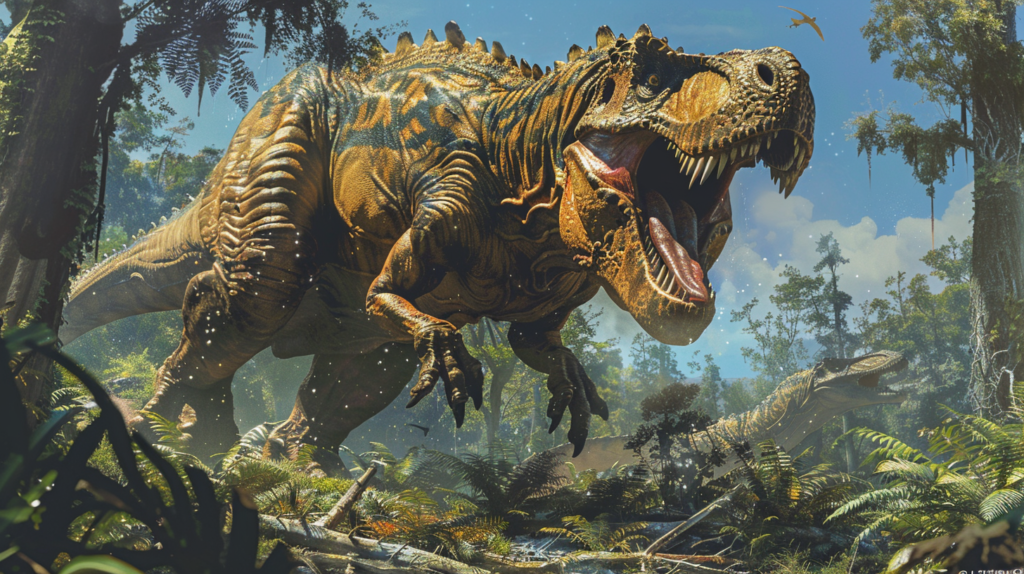Throughout history, Earth has been home to some astonishingly large creatures known as megafauna. These giant animals, many of which roamed during the Pleistocene epoch, were an essential part of their ecosystems. From massive ground sloths to giant armadillos, these mysterious behemoths are fascinating.
I’ll always be captivated by dinosaurs and the other megafauna from prehistory. How could such enormous creatures exist? How did they grow so big and not collapse under their own immense weight? How much food did they need to consume to grow so huge? What did the planet look like when these giants roamed the earth? I know we’ll never have concrete answers to many of these questions, but it’s incredibly fun to speculate and imagine.
But I digress. Let’s take a look at some of the biggest creatures to have ever lived on our planet.
1. Argentinosaurus
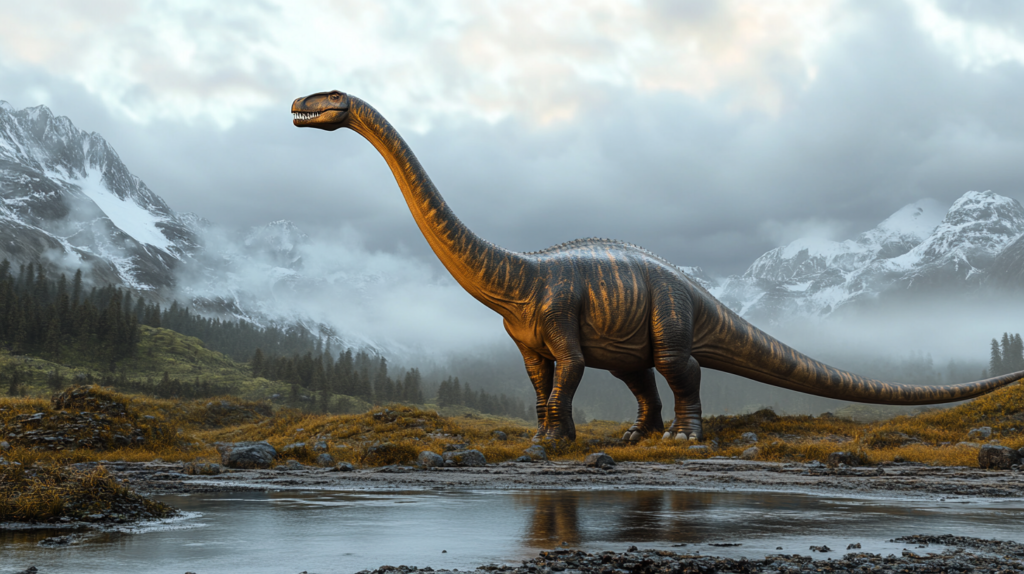
Argentinosaurus is one of the largest dinosaurs ever discovered. It lived during the Late Cretaceous period in what is now Argentina.
This giant sauropod could reach lengths of 98 to 115 feet and weigh between 65 and 80 tons. Despite only having fragmentary remains, it is known for its enormous size.
Argentinosaurus had a long neck, ideal for reaching high plants. Its sheer size made it a fascinating and intimidating creature.
2. Blue Whale
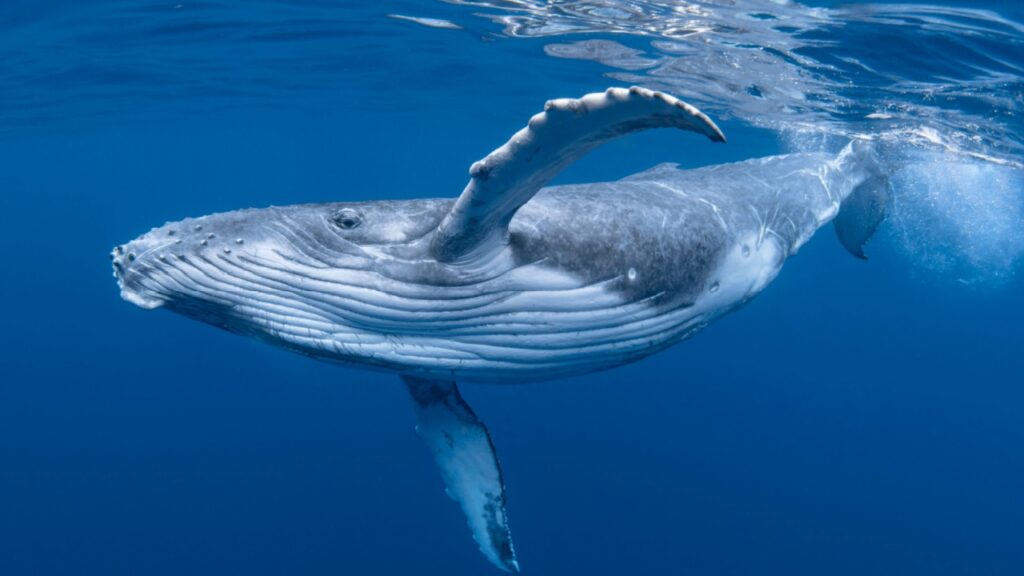
The blue whale is the largest animal to have ever lived. These giants can reach lengths of up to 100 feet and weigh as much as 200 tons.
Their diet mainly consists of tiny shrimp-like creatures called krill. Despite their enormous size, they feed by gulping large amounts of water and filtering out the krill.
You can find these amazing creatures in oceans all around the world. They’re powerful swimmers and communicate through deep, resonant sounds.
3. Spinosaurus
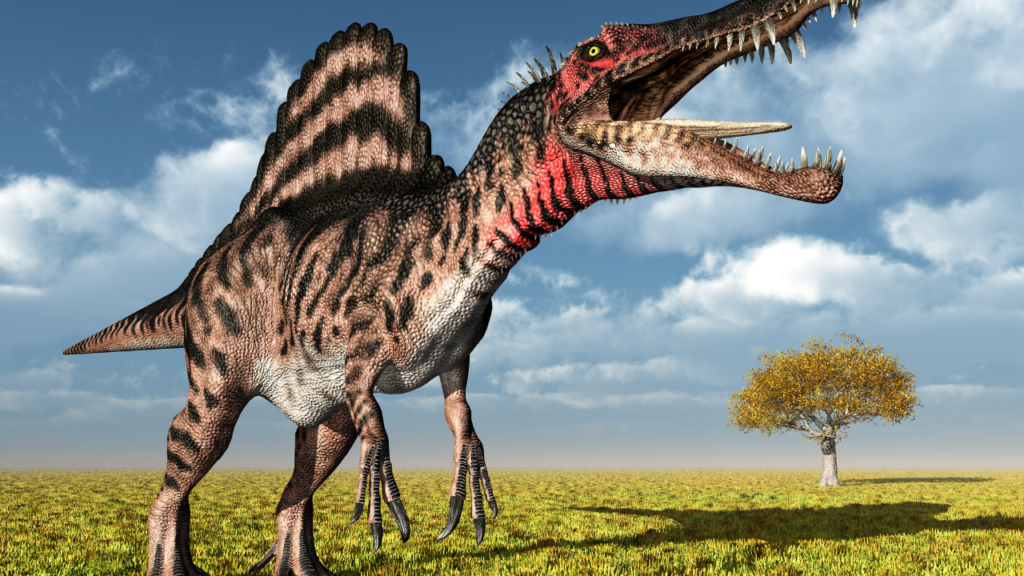
Spinosaurus was one of the largest carnivorous dinosaurs. It lived around 100 million years ago in what is now North Africa. It could reach lengths of up to 59 feet, making it longer than even the Tyrannosaurus rex.
One of its most noticeable features was the sail-like structure on its back. This sail was made of long spines covered in skin, which may have helped with temperature regulation.
Spinosaurus had adaptations for hunting in water. With its crocodile-like snout and conical teeth, it was well-suited for catching fish. Some scientists believe it spent most of its time in rivers and lakes, making it one of the few known semi-aquatic dinosaurs.
4. Megalodon
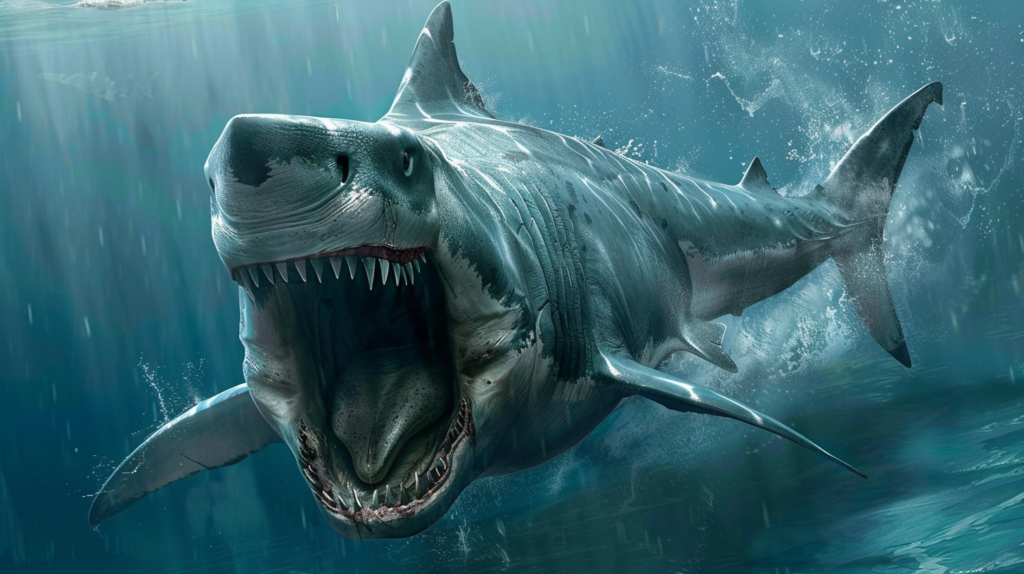
The Megalodon was the biggest shark to ever exist. It lived about 23 to 3.6 million years ago. This massive predator could reach lengths of up to 60 feet.
You would never want to swim where this giant roamed. It had huge, powerful jaws lined with hundreds of sharp teeth. The Megalodon fed on large marine animals like whales.
Scientists study Megalodon fossils to understand more about this fearsome creature. Its teeth are found worldwide, showing it lived in many oceans.
5. Patagotitan

Patagotitan was one of the largest dinosaurs ever discovered. It lived about 100 million years ago in what is now Argentina.
This massive creature could reach lengths of 122 feet and stand nearly 20 feet high at the shoulder. Patagotitan weighed around 69 tons, making it larger than the previous record holder, Dreadnoughtus.
The sheer size of Patagotitan makes it a marvel of the natural world and an important discovery in paleontology.
6. Quetzalcoatlus
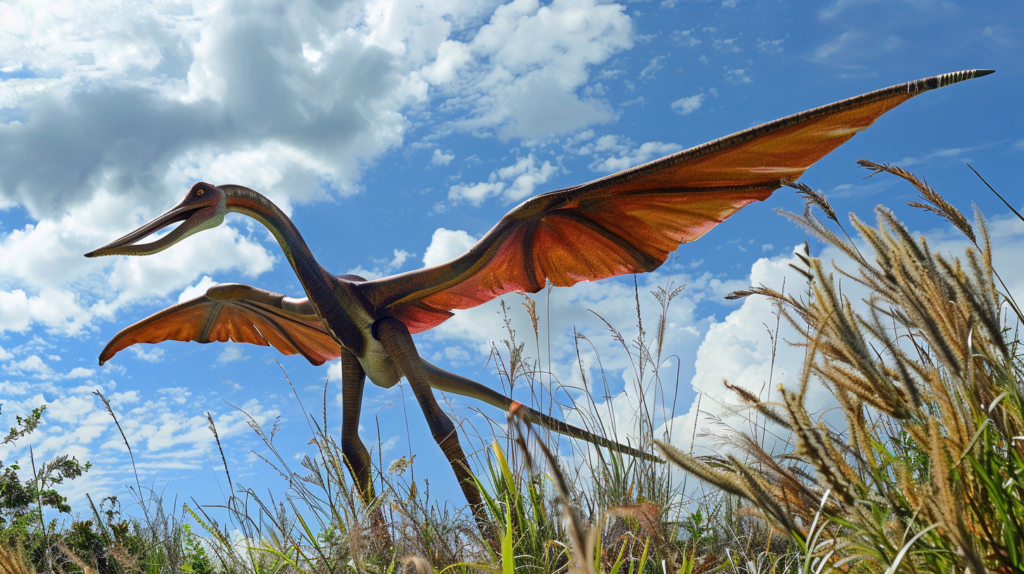
Quetzalcoatlus was the largest flying animal ever. With a wingspan up to 52 feet, it was comparable to a small airplane. This giant pterosaur lived around 70 million years ago during the late Cretaceous period.
Quetzalcoatlus is believed to have behaved like a giant heron on the ground, using its long neck and beak to hunt. In the air, it soared like a condor, covering vast distances. Named after a Mesoamerican deity, Quetzalcoatlus is the most famous member of the azhdarchid pterosaurs.
7. Elasmosaurus
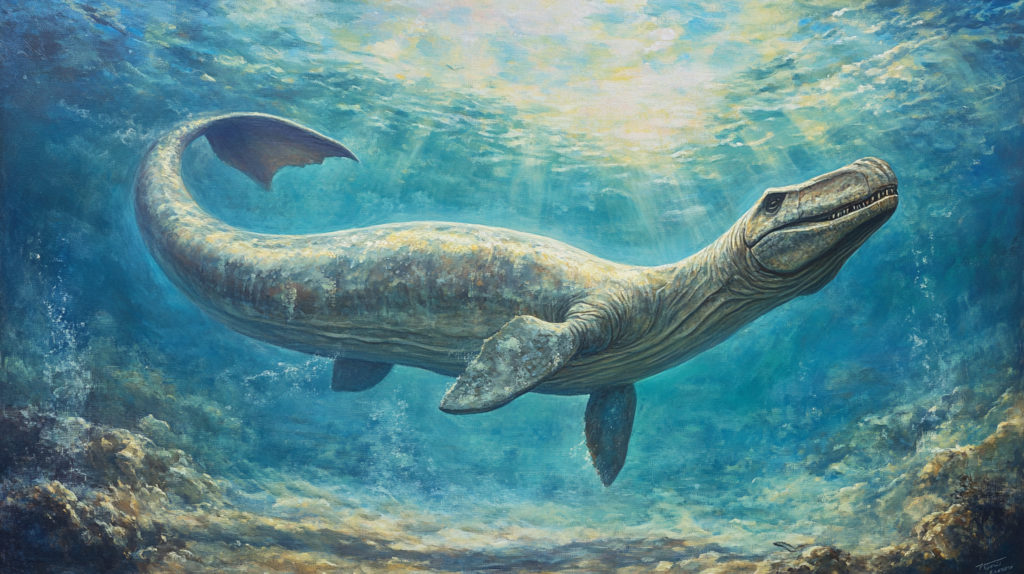
Elasmosaurus was a marine reptile that lived about 80 million years ago. It had a long neck that made up about half of its 45-foot length. This creature swam in the oceans, using its flippers to move gracefully through the water.
You can imagine Elasmosaurus gliding silently beneath the waves, its neck stretched out to catch fish and other prey. This long neck helped it surprise its food.
Elasmosaurus had sharp teeth, perfect for grabbing slippery fish. Fossils of its skeleton show just how massive and powerful this animal was.
8. Brachiosaurus

Brachiosaurus was a giant sauropod dinosaur that lived during the late Jurassic period.
Its name means “arm lizard,” because its front legs were longer than its back legs, giving it a unique, upright stance.
This massive herbivore could reach heights of up to 40 feet and lengths of around 85 feet.
You can imagine it towering over the trees, munching on leaves high above the ground.
9. Paraceratherium
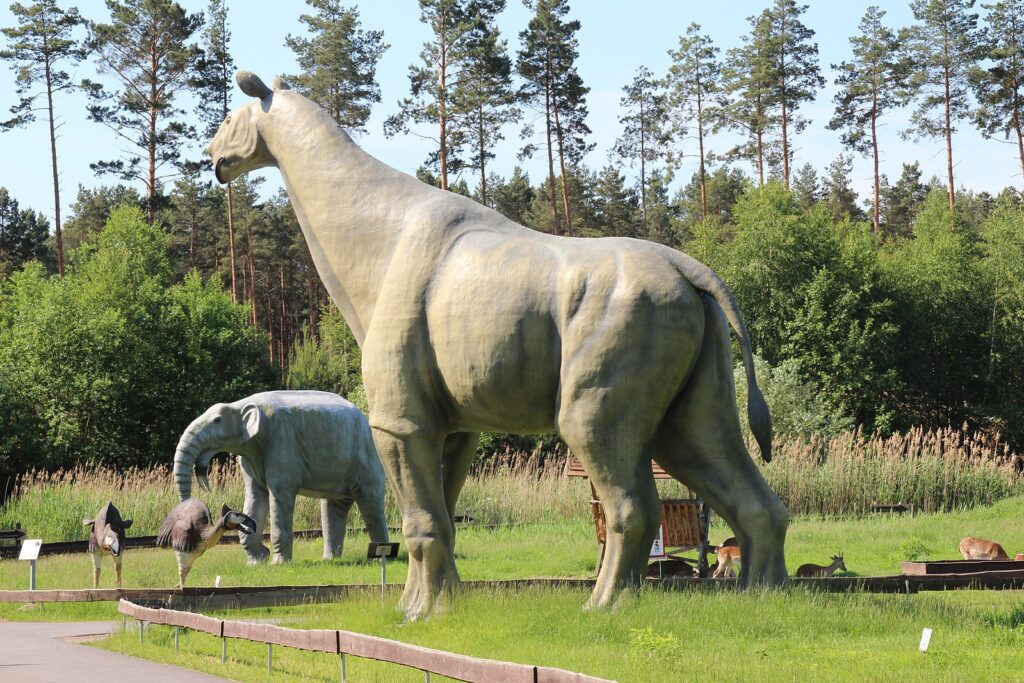
Paraceratherium was one of the largest land mammals to ever live. This giant rhino had no horn and lived around 35 to 20 million years ago. It roamed parts of Asia and Europe.
Paraceratherium could reach up to 28.5 feet in length. Its long neck allowed it to eat leaves high in trees. Scientists are still learning more about its exact size since complete fossils are rare.
10. Dreadnoughtus
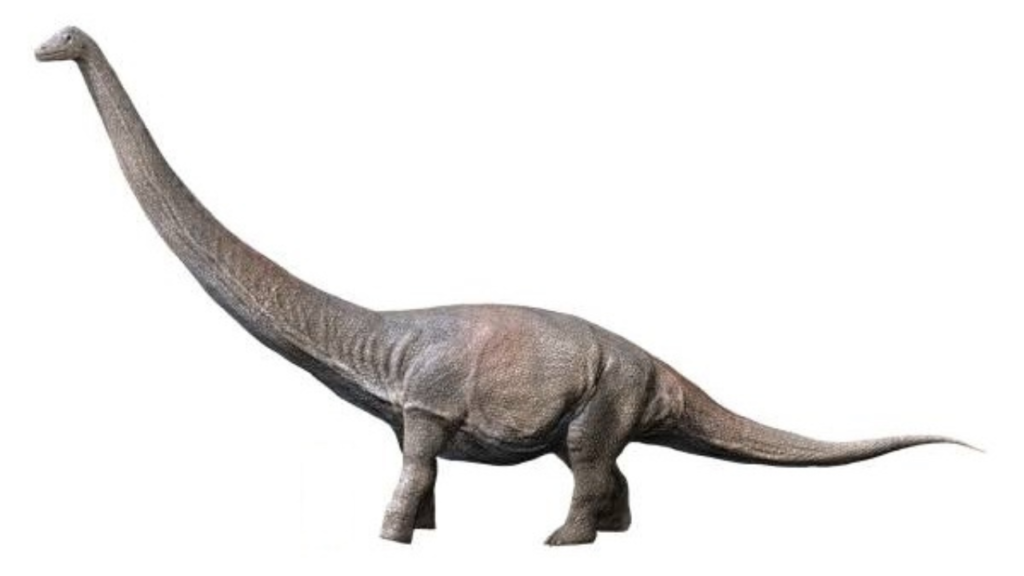
Dreadnoughtus is one of the largest land animals to ever walk the Earth. This massive dinosaur lived about 84-66 million years ago in what is now Argentina. It was a plant-eater, reaching lengths up to 26 meters and weighing as much as 65 tons.
Its name, Dreadnoughtus, means “fear nothing.” This name fits because of its enormous size, making it hard for any predator to take it down.
11. Sarcosuchus
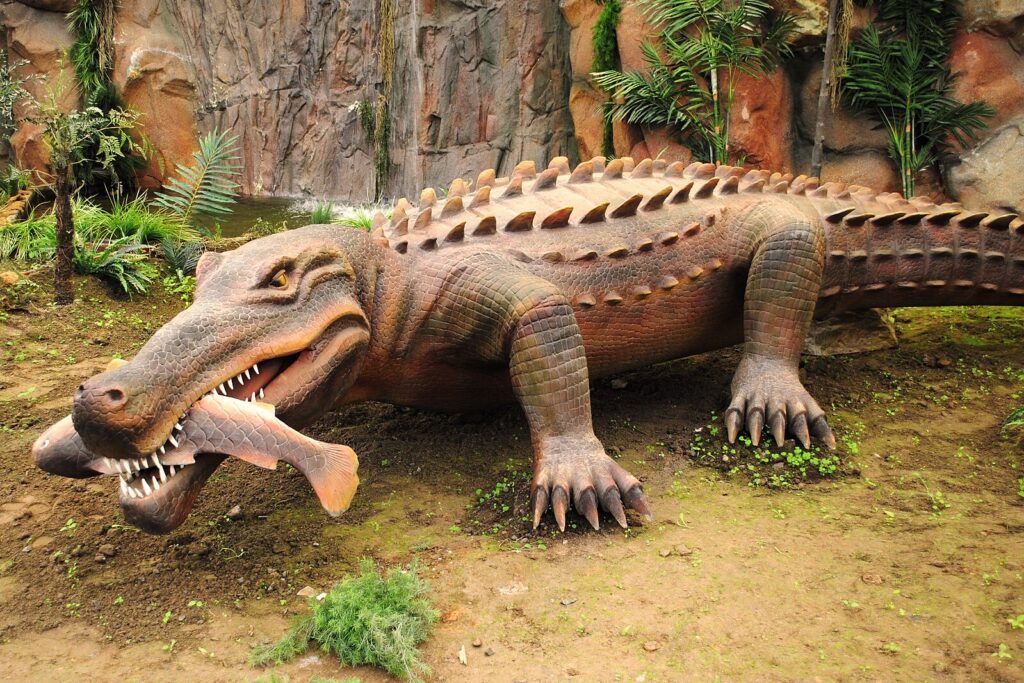
Sarcosuchus was one of the largest crocodile-like creatures that ever lived. It lived about 110 million years ago during the Cretaceous period. This giant croc could grow up to 40 feet long and weigh around 8 tons!
You could find Sarcosuchus in Africa, mainly in what is now the Sahara Desert. It had a long, flat snout filled with sharp teeth. This prehistoric predator mainly hunted fish but could eat almost anything.
12. Titanoboa
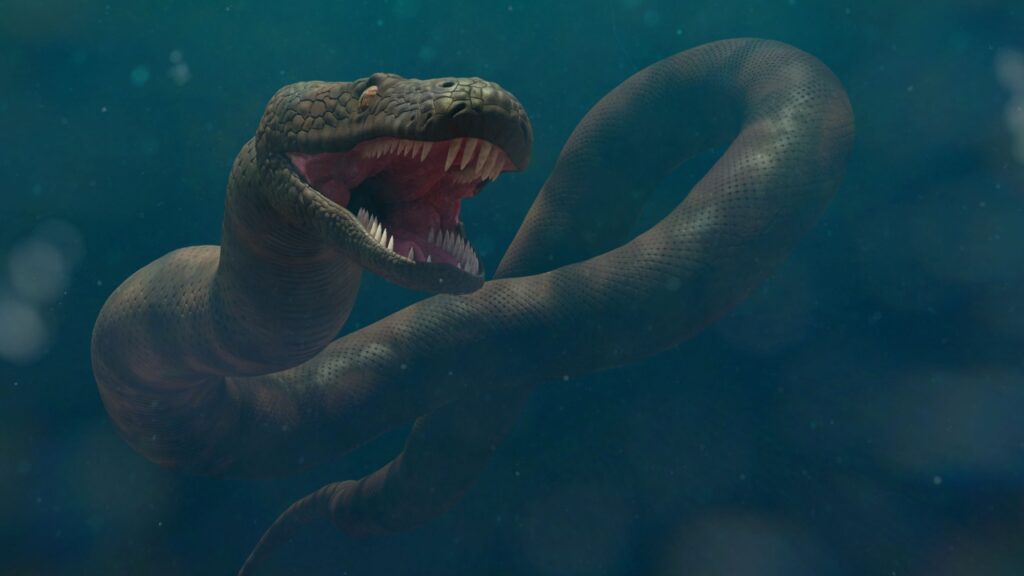
Titanoboa was the largest snake known to have ever lived. It thrived around 60 to 58 million years ago during the Paleocene epoch. This period followed the extinction of the dinosaurs.
This massive snake could grow up to 50 feet long and weigh over a ton. It slithered through the hot, swampy rainforests of what is now northeastern Colombia.
Titanoboa preyed on large reptiles and possibly even crocodiles. Its immense size allowed it to dominate its environment, making it a top predator.
13. Pliosaurus
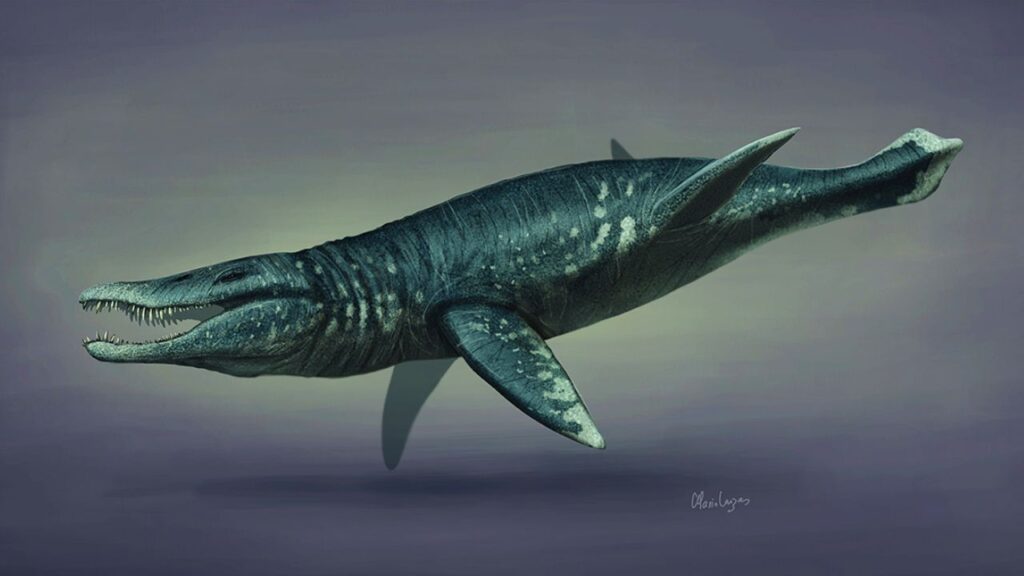
The Pliosaurus was a massive marine reptile that lived during the Late Jurassic period. It could reach lengths of up to 40 feet, making it one of the biggest ocean predators of its time.
This creature had a large body, strong jaws, and sharp teeth. It used these features to hunt and eat other marine animals, including fish and other reptiles.
The Pliosaurus was a powerful swimmer, ruling the prehistoric seas millions of years ago.
14. Giganotosaurus
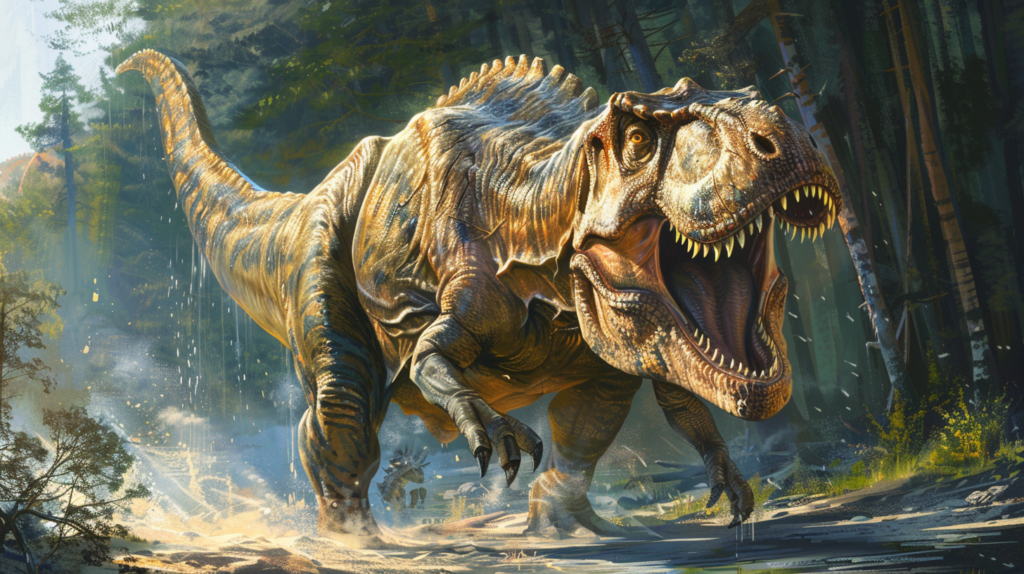
Giganotosaurus was one of the largest meat-eating dinosaurs ever. It lived about 97 million years ago during the Cretaceous period. This massive predator could grow up to 46 feet long and weigh around 8 tons.
Giganotosaurus had a massive skull filled with sharp teeth. Its name means “giant southern lizard” because it was discovered in Argentina. It likely hunted large herbivorous dinosaurs, using its strong jaws and sharp teeth to catch prey.
Giganotosaurus was bigger than the famous Tyrannosaurus Rex but had a slimmer build. Its long, muscular legs suggest it was built for running, possibly making it one of the fastest giant predators.
15. Deinosuchus
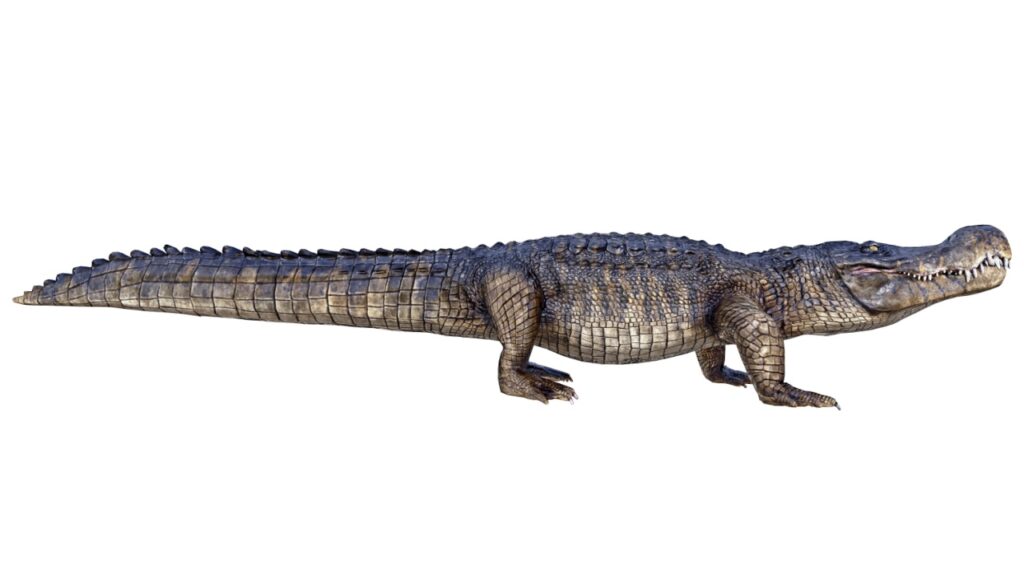
Deinosuchus was a giant ancient crocodile that lived around 82 to 73 million years ago. It was much bigger than any crocodile alive today. This massive predator could grow up to 35 feet long and weigh several tons.
Picture Deinosuchus lurking in swamps and rivers, waiting to ambush its prey. Its powerful jaws could crush almost anything, including turtles and even dinosaurs. Every day was a struggle for survival, and this giant croc was a top contender.

